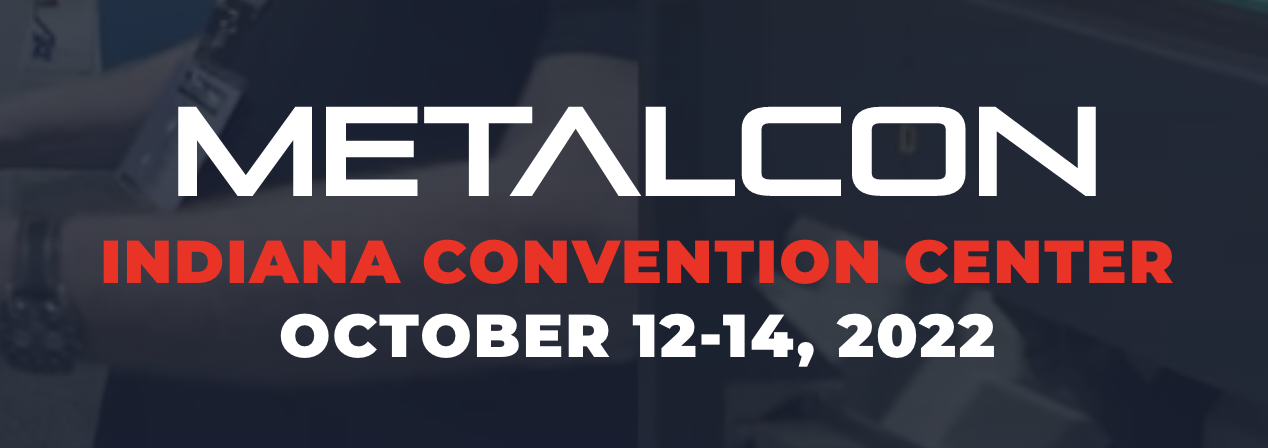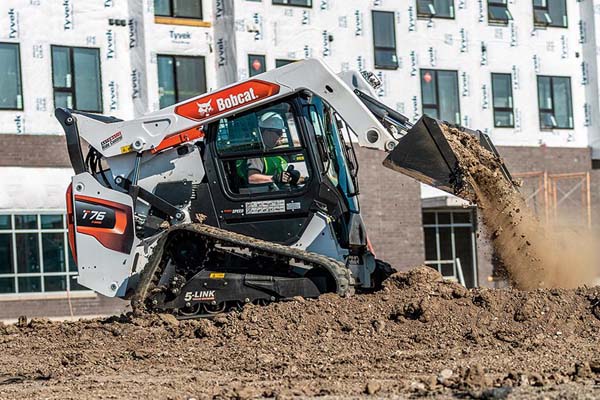This year’s METALCON offers more than 45 educational sessions at the Indiana Convention Center, Oct. 12-14. Joseph Lstiburek, B.A.Sc., M.Eng., Ph.D., P.Eng., is a principal of Building Science Corporation and an Adjunct Professor of Building Science at the University of Toronto. Lstiburek is METALCON’s Opening Keynote Speaker, presenting “There’s No Such Thing as a Free Thermodynamic Lunch – How Changing Energy Flow Changes Everything” at 8:30 a.m., Oct. 12.
Lstiburek’s address is a part of METALCON’s Architect’s Experience(https://info.metalcon.com/architects), “a show within a show” that illustrates how metal can help architects and designers solve their toughest architectural, structural, environmental and building performance challenges. While listed as an event for architects, Lstiburek says there is plenty for contractors and fabricators to learn in this session.
“Contractors will learn how to change their installation practices to compensate for the reduction in energy flow and the change in materials and components,” he says. “For example, there are only two kinds of windows in the world: windows that leak and windows that will leak. There are only two kinds of walls in the world: walls that leak and walls that will leak.
“Contractors have to compensate for these inevitabilities. We have to flash everything and flash everything differently, because everything leaks and everything stays wet longer. The contractor mottos have to be, ‘if you want to save cash, flash’ and ‘don’t be a dope, slope.’ Easy to say, but not always easy in the field. Details, details and details are a big deal and we often get them wrong at the design stage, where the motto has to be, ‘you need a mock-up to prevent a screw-up.’”
Delving Into The World of Energy Flow
So, contractors and architects are invited to join Lstiburek as he delves into the world of energy flow. As the Architectural, Engineering and Construction (AEC) industry significantly improves energy efficiency and moves on from the traditional materials, there are consequences that need to be addressed.
“In the past, buildings constructed with traditional materials that got wet, readily dried, because drying is an energy exchange: more energy flow = higher drying potentials,” Lstiburek says. “Today’s modern energy efficient buildings have low drying potentials due to their energy efficient products. Therefore, they need low wetting potentials. Current practices are not sufficient to address this and have not adjusted to match modern energy technology.”
Lstiburek’s address explores what steps need to be taken for current design and construction practices to match the advances of the energy efficient world creating a complete symbiotic energy efficient building.
“Architects are the key,” he says. “We have significantly reduced the energy flow across assemblies in order to save energy, which is a good thing. However, there are consequences. The durability of assemblies has been reduced. In the past, assemblies got wet during construction and during service but worked because they were able to dry. We called this incidental wetting. Repeated wetting followed by repeated drying was never an issue. However, drying is dependent on energy exchange. As we reduced the energy flows assemblies stayed wet longer. Incidental wetting was no longer incidental. If you reduce drying potentials, you must also reduce wetting potentials.
“Water management, air management, vapor management becomes more critical. Everything has to change. It gets worse because we are no longer building out of 1,000-year-old trees and rocks. We are building out ‘was-wood.’ It was wood once, but not anymore. OSB is the ‘spam’ of wood; ‘spam’ is the OSB of luncheon meats. Are we going to go back to 1,000-year-old tree and rocks? No. Are we going to go back to energy inefficiency? No. So everything has to change. Architects will learn how to change their design approaches to compensate.”
Architects and contractors have an opportunity to get in on the ground floor, so to speak, of this new approach to construction at METALCON. Don’t be left behind.
About METALCON
METALCON is the largest international event in the metal construction and design industry. Established in1991, it’s the only annual tradeshow and conference devoted exclusively to the application of metal in design and construction. Each year, contractors, architects, developers, owners, installers, fabricators, manufacturers and suppliers from more than 50 countries attend. 200+ leading companies exhibit the latest products, solutions and game-changing technologies. Produced by PSMJ Resources, Inc., in partnership with the Metal Construction Association, METALCON’s success is based on a dynamic exhibit hall, extensive educational programs and interactive learning opportunities. For information, visit www.metalcon.com or call 800-537-7765.
About Joe Lstiburek
JOSEPH LSTIBUREK, B.A.Sc., M.Eng., Ph.D., P.Eng., is a principal of Building Science Corporation and an Adjunct Professor of Building Science at the University of Toronto. He is a building scientist who investigates building failures and is internationally recognized as an authority on moisture related building problems and indoor air quality. He is an ASHRAE Fellow. The Wall Street Journal referred to him as “the dean of North American building science. Fast Company magazine called him “the Sherlock Holmes of construction.” Lstiburek is a noted authority on energy efficient construction techniques and heads one of the Building America program teams for the U.S. Department of Energy. He is the developer of ADA (the Air Drywall Approach to air barriers). He is a former Director of Research of the Housing and Urban Development Association of Canada. Lstiburek has written numerous books and technical papers on building construction and has conducted forensic investigations and served as an expert witness on building failures all over the U.S. He is an expert in the areas of rain penetration, air barriers, vapor barriers, air quality, durability and construction technology. Lstiburek received an undergraduate degree in Mechanical Engineering from the University of Toronto, a master’s degree in Civil Engineering from the University of Toronto and a doctorate in Building Science at the University of Toronto. Lstiburek has been a licensed Professional Engineer since 1982.



















